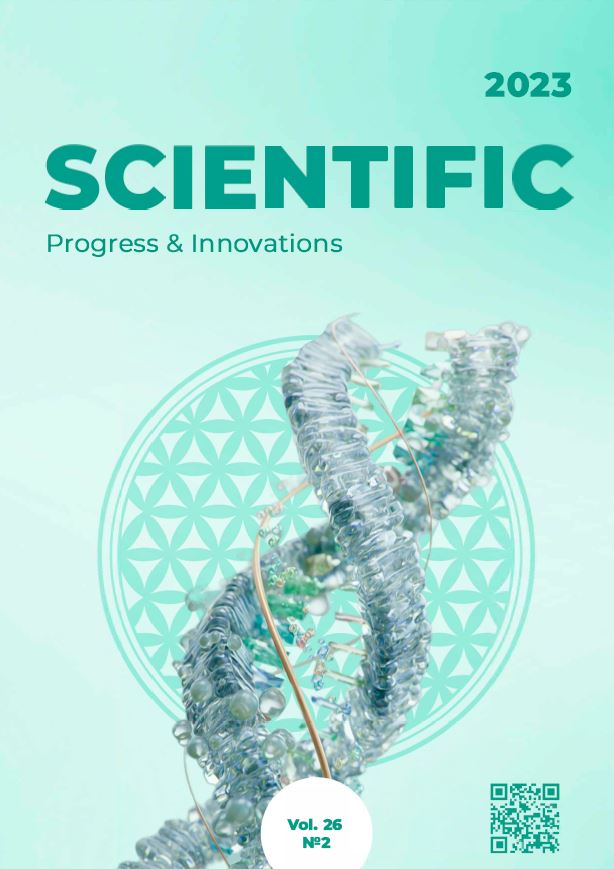Порівняльна клінічна ефективність препаратів групи ізоксазолінів щодо кліщів Sarcoptes canis
DOI:
https://doi.org/10.31210/spi2023.26.02.18Ключові слова:
саркоптоз, собака, Nexguard, Simparica, афоксоланер, сароланерАнотація
Серед новітніх інсектоакарицидних засобів ізоксазоліни користуються великим попитом у власників собак для профілактики зараження коростяними кліщами, у т. ч. Sarcoptes scabei var. canis. Асортимент препаратів цієї групи достатньо широкий, але терапевтична пріорітетність діючих речовин досі вивчена мало. У клінічному дослідженні на собаках, спонтанно уражених S. scabei була розглянута порівняльна ефективність жувальних таблеток Nexguard™ (афоксоланер) і Simparica™ (сароланер). Додаткові засоби в схему лікування не вводились. Дослід на 48 тваринах тривав 3 місяці; у дні контролю результатів собак оглядали візуально, зіскрібки шкіри – мікроскопічно. У двох дослідних групах основну частину хворих складали цуценята віком до 1 року (75,0 %) короткошерстих порід (77,08 %). Всі собаки інтенсивно чухались; в області голови і кінцівок шкіра була травмована і запалена – ознаки ліхеніфікації (83,33 %), екскоріації (85,42 %) та алопеції (70,83 %). Інтенсивність інвазії до лікування становила 5–26 особин S. scabei різних стадій у зіскрібку шкіри. Через 30 діб після згодовування таблеток акарицидна ефективність Nexguard™ досягла 98,54 %, Simparica™ – 97,99 %, тобто лише у окремих особин обох дослідних груп були виявлені поодинокі кліщі у дерматологічних зіскрібках. За цей період клінічний стан тварин значно покращився: нові ураження шкіри не виникали, а старі активно загоювалися. Місця алопецій упродовж місяця заросли ще не повністю, але в межах 50–90 % від площі первинних залисин у переважної більшості собак обох груп. У другий і третій місяць спостережень клінічна і акарицидна ефективність препаратів наростала. На 60-ту добу лише у 1 собаки в кожній групі виявлялись поодинокі екземпляри S. scabei на тілі. У групі Nexguard™ ця проблема була вирішена на третій місяць після початку лікування, а в групі Simparica™ 1 собака так і залишилась носієм S. scabei. Від коростяних уражень шкіри, в т.ч. алопецій і сверіжу, собаки були позбавлені без застосування препаратів симптоматичної терапії. Отже, Nexguard™ і Simparica™ мають практично ідентичний клінічний ефект у лікуванні собак із саркоптозом.

 Creative Commons Attribution 4.0 International Licens
Creative Commons Attribution 4.0 International Licens